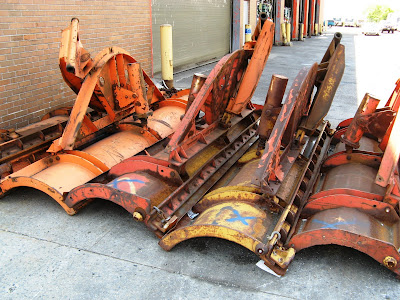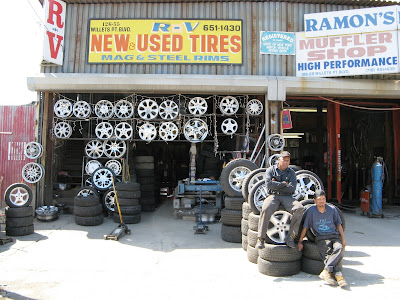



The ancient grocery store on Second Avenue stands apart from the tide of modernity and “progress.” To step inside is to be jolted back to another time, or at least stunned by the fact that such a relic even exists. Not long ago, even well after their time, such places were plentiful around New York. Inertia, indifference, and a dearth of capital spared them the fate of the wrecking ball.
The ancient grocery store on Second Avenue is near a hospital and surrounded by factories, warehouses, and a few side streets with residential buildings. The store inhabits a cozy universe reminiscent of a simpler time, ordered by the neighborhood’s subdued rhythms and a familiar cast of characters. It is local color in tangible form.
The ancient grocery store on Second Avenue is the exception that proves the rule: all good things must come to an end. Sadly, it may be a testament to the inevitability of the bulldozer’s arrival, for today the developer’s indelicate hand routinely lays waste to wide swaths once teeming with powerful memories in the form of old, weathered structures.
The Ancient Grocery Store on Second Avenue is a quiet rebuke to “development,” “cost effectiveness,” and all the other euphemisms for demolition and the obliteration of history. But hey, what’re you gonna do? Nostalgia don’t pay the bills. (You there, with the anti-gentrification T-shirt, GET A FRIGGIN’ JOB!) Impassioned pleas for preserving the past are often heard from people oblivious to economic realities, whose arguments amount to quaint attitudes about quaint things. Still, that doesn’t make the onslaught of turbo-commerce and the plowing under of things rich in character any less depressing, nor does it give pride of place to those philistines in the real estate business who, in the name of "optimizing investment capital,” perpetuate the worst socio-aesthetic crimes.
The ancient grocery store on Second Avenue, radiating wistfulness and charm, is an edifice to the way things were. Maybe you can't put a price on something with that kind of value, but you can probably put a price on what it would cost to preserve it. I don't have that kind of money, nor do I know anyone who does. The ones who do are busy spending it on other things, like “development.”















































